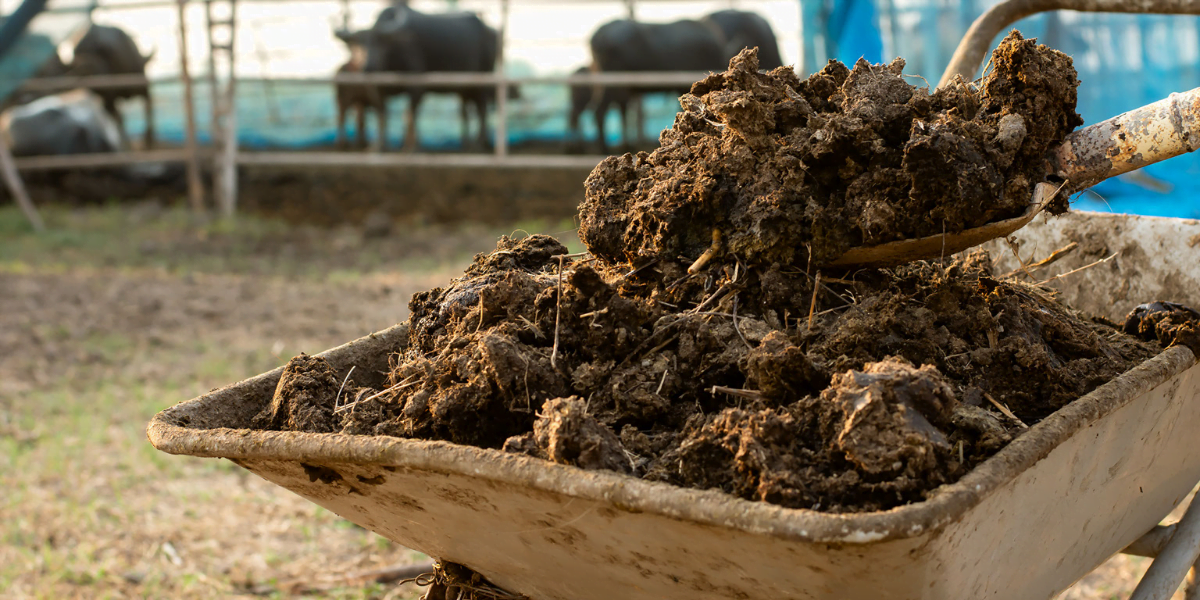The threat of climate change is positively impacts our ability to solve problems creatively, especially in New England’s livestock industry.
In NSW, agriculture contributes roughly 14 % of the State’s total greenhouse gas emissions, with livestock methane accounting for over 80% of agricultural emissions. But there is always a way to improve farming practices to be more climate-friendly, claims a new paper in the journal Waste Management.
The research suggests we can start by managing animal excrement (AKA slurry), the most significant contributor to methane levels.
The researchers discovered that by combining livestock slurry with calcium cyanamide, a standard chemical fertiliser, methane production fell by 99%.
Under normal conditions, bacteria and fungi transform the slurry. These elements break down undigested organic material into smaller molecules, creating methane.
Calcium cyanamide breaks this chain of chemical transformations and halts methane production. This effect began within an hour of the added calcium cyanamide and continued almost a year later in lab conditions. The added calcium cyanamide enriches the slurry with nitrogen and can be added to agricultural fields as a potent fertiliser.
The New England region depends on livestock and agriculture and is actively embracing new technologies to follow the Carbon Neutral 2030 (CN30) initiative that aims to make NSW carbon neutral by 2030.
Dr Margaret Jewell, Carbon Neutral 2030 (CN30) Manager at Meat & Livestock Australia (MLA), outlines cutting-edge techniques to support New England’s primary industries.
“These carbon neutral initiatives include the use of feed additives, the use of breeding values for traits related to methane production and managing herd and flocks efficiently,” said Jewell.
“It also includes managing grazing lands, using renewable energy, dung beetles, high-quality forages that include legumes and high-performing pasture mixes and storing carbon in vegetation and soils.
“In the next few years, we expect to see greater uptake of additives in feedlots and the incorporation of methane-specific traits into genetic selection indices.
We also are focusing on delivery mechanisms to use feed additives in grazing systems in 3-5 years.”
Like what you’re reading? Support New England Times by making a small contribution today and help us keep delivering local news paywall-free. Donate now


